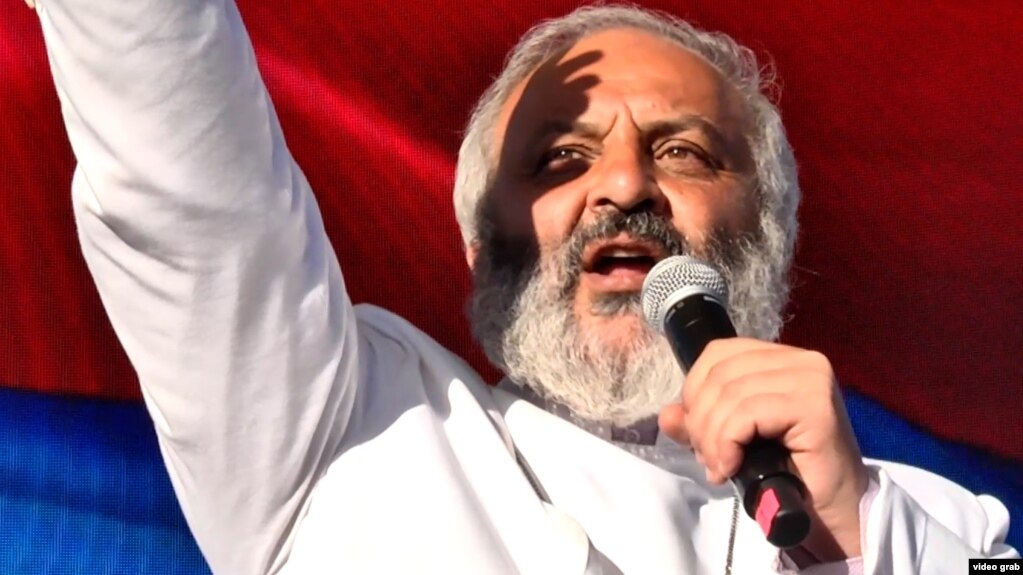
Fueled by Armenia’s humiliating defeat in the 2020 Nagorno-Karabakh war against Azerbaijan that displaced thousands of ethnic Armenians, and by the fear of further concessions, protests in Armenia took on religious accents in 2024 when an archbishop became its leading figure. But the lack of a coherent political strategy and the involvement of discredited opposition figures led to its decline, writes Anna Gevorgyan (Center for Culture and Civilization Studies, Yerevan, Armenia) in Religion & Gesellschaft in Ost und West (January). The episode also offers some pointers about what it takes to mobilize religion successfully (or not) in a political struggle. Following Armenia’s defeat in the Second Karabakh War in 2020 and subsequent territorial losses to Azerbaijan, multiple protest movements emerged against Prime Minister Nikol Pashinyan’s government. The most recent and notable was the “Holy Struggle” (Srbazan Paykar) movement, led by Archbishop Bagrat Galstanyan. This took place against the background of tense relations between the government and the Armenian Apostolic Church.

Known for his leadership skills and education in Britain and Canada, the archbishop had built a public profile as the first head of the church’s media department and gained recognition for his social work in border communities. The movement gained unprecedented support, drawing participants from various social groups united by calls for reconciliation and patriotism. The movement’s name, “Holy Struggle,” and its use of slogans like “Armenian, Armenia, Homeland and God” incorporated religious references. The movement reached its peak when protesters arrived in Yerevan on May 9, 2024. However, it began to lose momentum due to several strategic mistakes, such as the absence of a clear political program, and Galstanyan’s controversial statements, including calling Pashinyan “the Antichrist.”
The movement’s decline accelerated after a televised interview on October 2, where Galstanyan demonstrated limited understanding of the country’s security challenges. Moreover, during the same period, the government and the church managed to improve relations. Thus, the movement failed for a variety of reasons, while Pashinyan compared himself to the historical Armenian King Pap, known for limiting church power in favor of the state. The use of religious symbols and references was not sufficient, considering the diversity of groups united “around shared grievances.” The “reliance on symbolic actions and moral authority without actionable governance strategies or policy frameworks exposed significant vulnerabilities,” writes Aram Terzyan (Centre for East European and Russian Studies, Los Angeles) in Modern Diplomacy (January 15). The movement might still serve as an alternative to conventional opposition in the 2026 parliamentary elections, though not as a serious challenger to the ruling party, Gevorgyan concludes.
(Religion & Gesellschaft in Ost und West, https://rgow.eu/; Modern Diplomacy, https://moderndiplomacy.eu/ )